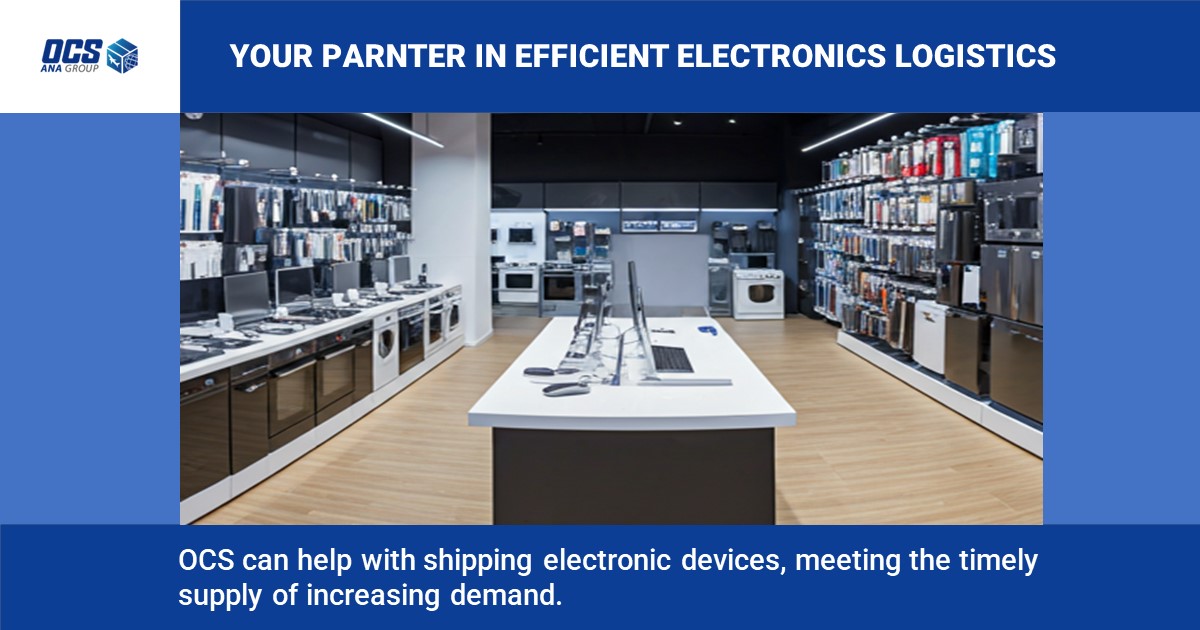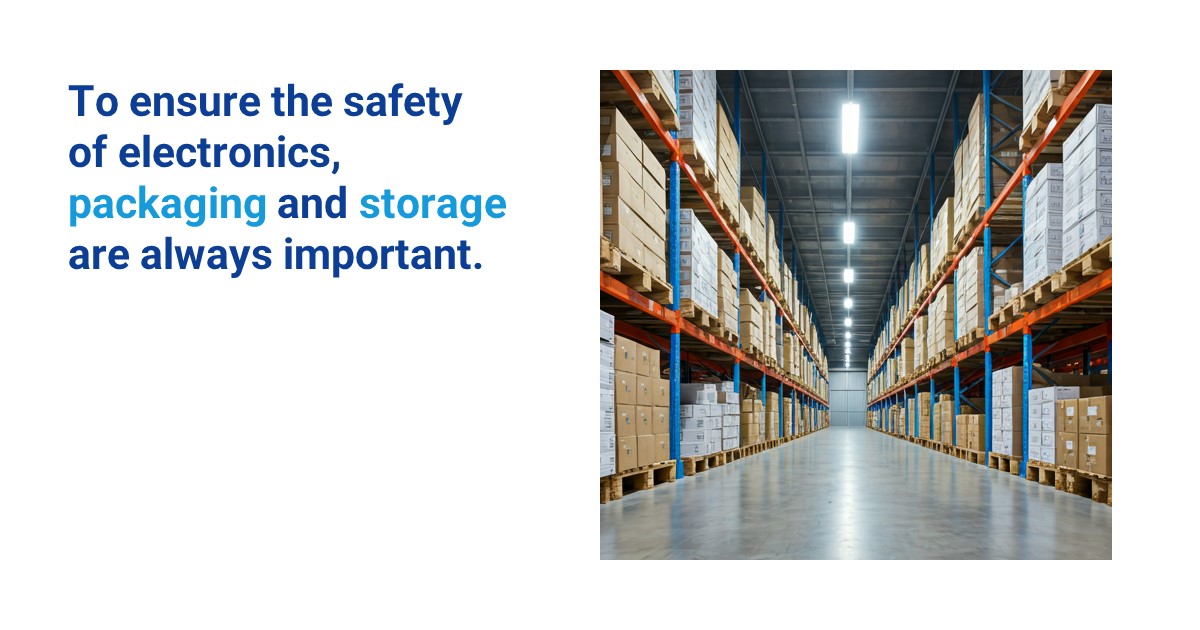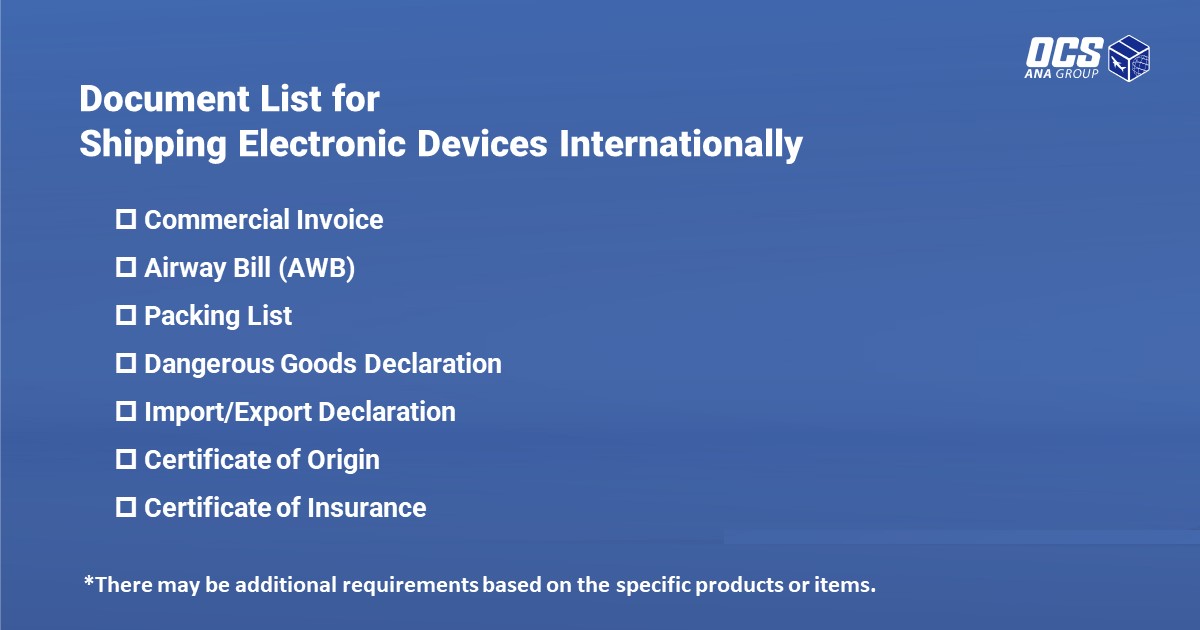Introduction
For years, the shipping of electronic devices and consumer electronics has been increasing due to the development of cross-border business. As logistics managers and e-commerce owners, it is necessary to understand the processes and requirements of shipping these devices. From finding international regulations to ensuring safe and secure packaging, each step requires meticulous attention to detail. 
This article is intended to provide a general guide to help you navigate the challenges and ensure the safe, efficient, and compliant shipping of electronic devices.
Regulations for Electronic Devices
Understanding and complying with international regulations for the shipment of electronic equipment can be a daunting task. These regulations ensure the safety and security of these devices during transit. Failure to comply can result in legal penalties and shipment delays. By consistently updating your compliance protocols, you have streamlined your shipping process and avoided future complications. If your electronic device contains a battery, please review the IATA’s Dangerous Goods Regulation (DGR)
Packaging Electronic Devices
Packaging is always important in ensuring the safety of transporting electronic devices. The items are often fragile and sensitive to environmental factors such as temperature, humidity, and shock. Therefore, using protective packaging materials such as bubble wrap, foam inserts, and sturdy boxes is a must. The packaging process should be tailored to the specific device, with fragile components requiring additional padding and larger devices requiring custom-sized boxes.
- One of the common packaging materials for electronic devices is anti-static bubble wrap. It's designed to cushion the device and protect it from electrostatic discharge, which can damage the electronic parts. Anti-static bubble wrap is usually identified by its pink color.
- Similarly, foam inserts are often custom made to fit the exact dimensions of the device. These inserts not only offer additional protection against physical shocks, but also secure the device in place, preventing it from shifting inside the box during transit.
- Sturdy carton boxes are another important component of packaging. They serve as the outermost shield against external impacts and rough handling. These boxes should be strong enough to support the weight of the devices and protect it from the rigors of the shipping process.
- In some instances, electronic devices are also packaged in vacuum-sealed bags, especially if they are sensitive to moisture or dust. These bags create a protective barrier that protects the devices against harmful elements.
Additionally, packaging for electronic devices often includes labels or symbols to inform handlers of the package’s contents. For example, labels can indicate that the package contains fragile items, must be stored upright, or should be kept away from water and moisture.
The Documents
Shipping electronic devices via air requires proper documentation to comply with international shipping regulations, customs regulations, and airline safety guidelines. Here are some of the necessary documents you will need:
- Commercial Invoice: This document is the official record of the transaction between shipper and the receiver. It includes information about the buyer and seller, a detailed list of goods, their value, and the terms of sale.
- Airway Bill (AWB): This is the contract between the shipper and the air carrier, which covers the transport of goods from one airport to another. It contains details about the shipper, consignee, shipment, and charges.
- Packing List: This document provides detailed information about the contents of the packages, including the type, quantity, and weight of the goods. For electronic devices, it should also specify the make and model.
- Dangerous Goods Declaration: Many electronic devices contain lithium batteries, which are considered dangerous goods under the International Air Transport Association (IATA) regulations. The shipper must provide a declaration that the goods are packaged, labeled, and declared in accordance with the IATA guidelines (DGR).
- FCC Form 740: For shipments to the United States, the Federal Communications Commission (FCC) requires this form for each radio frequency device to ensure that it complies with FCC technical standards (FCC). If the commercial value is higher than $800.00, a POA (Power of Attorney) may be required.
- Import/Export Declaration: This is a document that the customs department of the importing country requires. It contains information about the nature of the goods, their value, and the country of origin.
- Certificate of Origin: This document proves the goods' country of the origin. It's used to determine whether certain goods are eligible for import, or whether goods are subject to duties.
- Certificate of Insurance: This document proves that the shipment is insured for its journey. It usually covers the cost of the goods, shipping costs, and an additional insurance fee.
Conclusion
Shipping electronic devices is a task that requires attention to the details. From understanding global regulations to ensuring safe packaging and handling, each step has its own set of challenges. However, with the right knowledge and practices, these challenges can be overcome. As logistics managers and e-commerce owners, staying informed and implementing these best practices can ensure a smooth, efficient, and compliant shipping process, ultimately leading to satisfied customers and a thriving business.
OCS has expertise in the shipping of electronic devices and consumer electronics. Please contact us today to discuss your needs.
For more information
■ About IEX Customize: Read more
■ OCS Global Network: Office locations
■ Case Study: (TBD)






.jpg)
.jpg)
.jpg)


